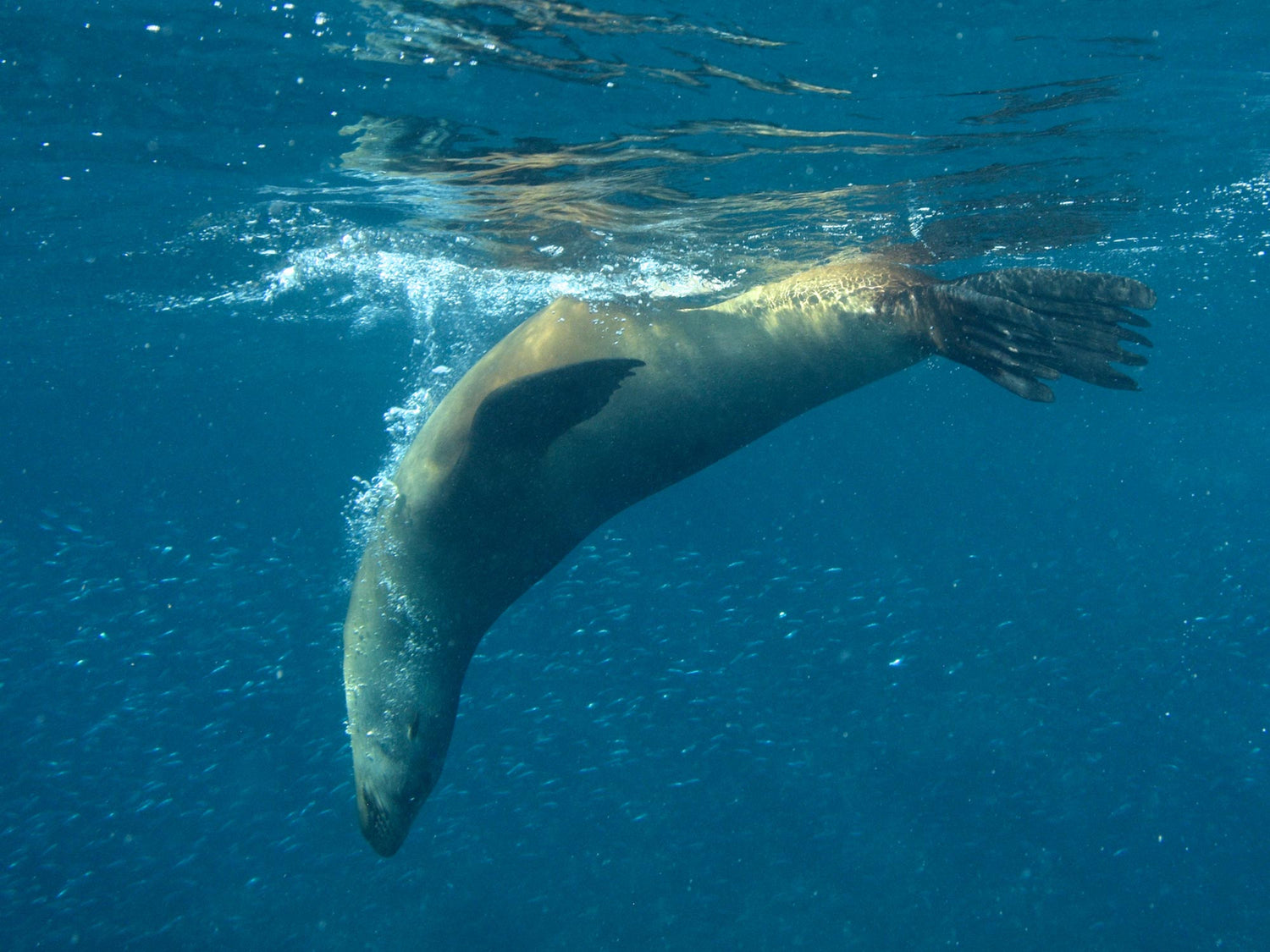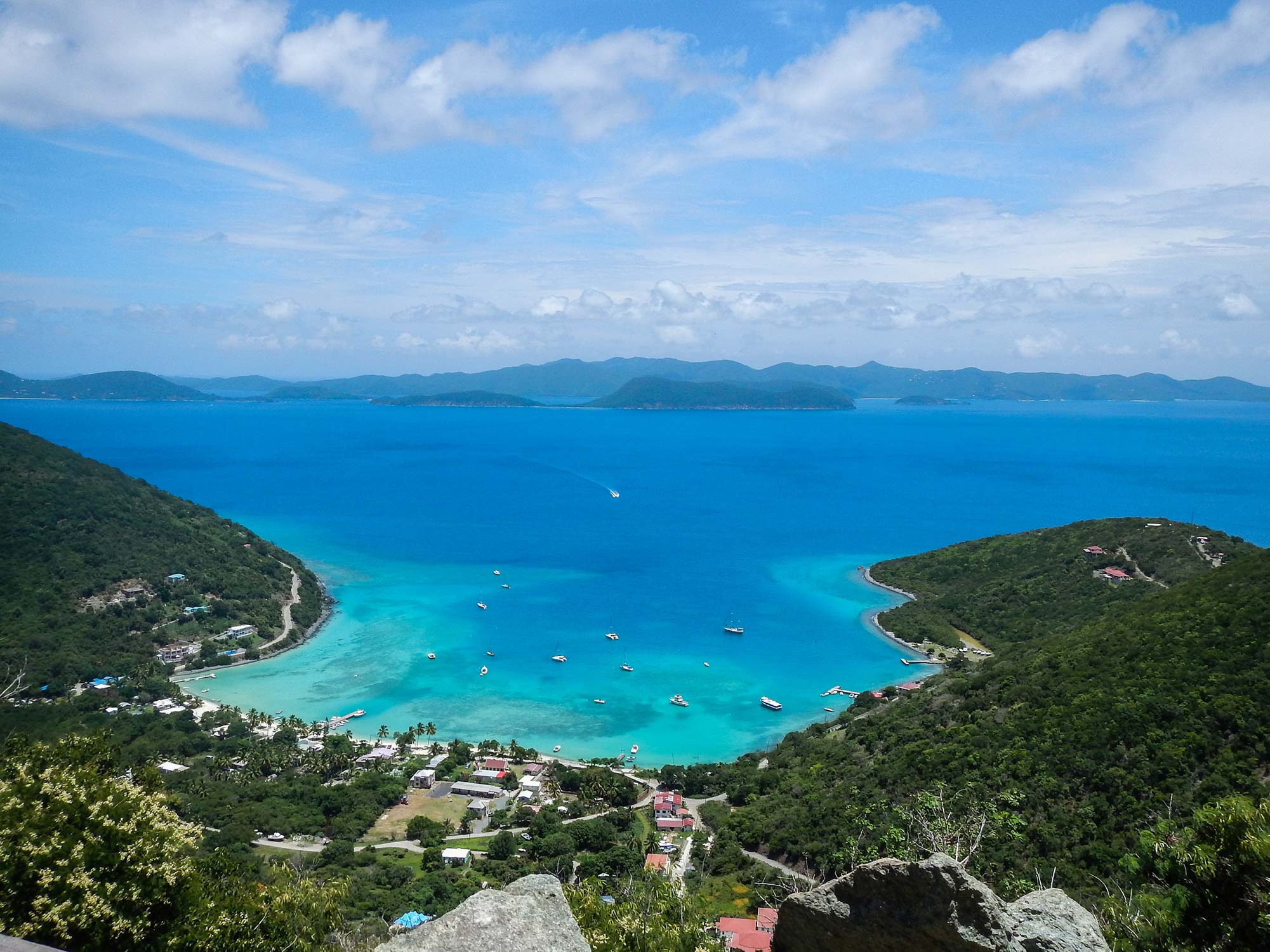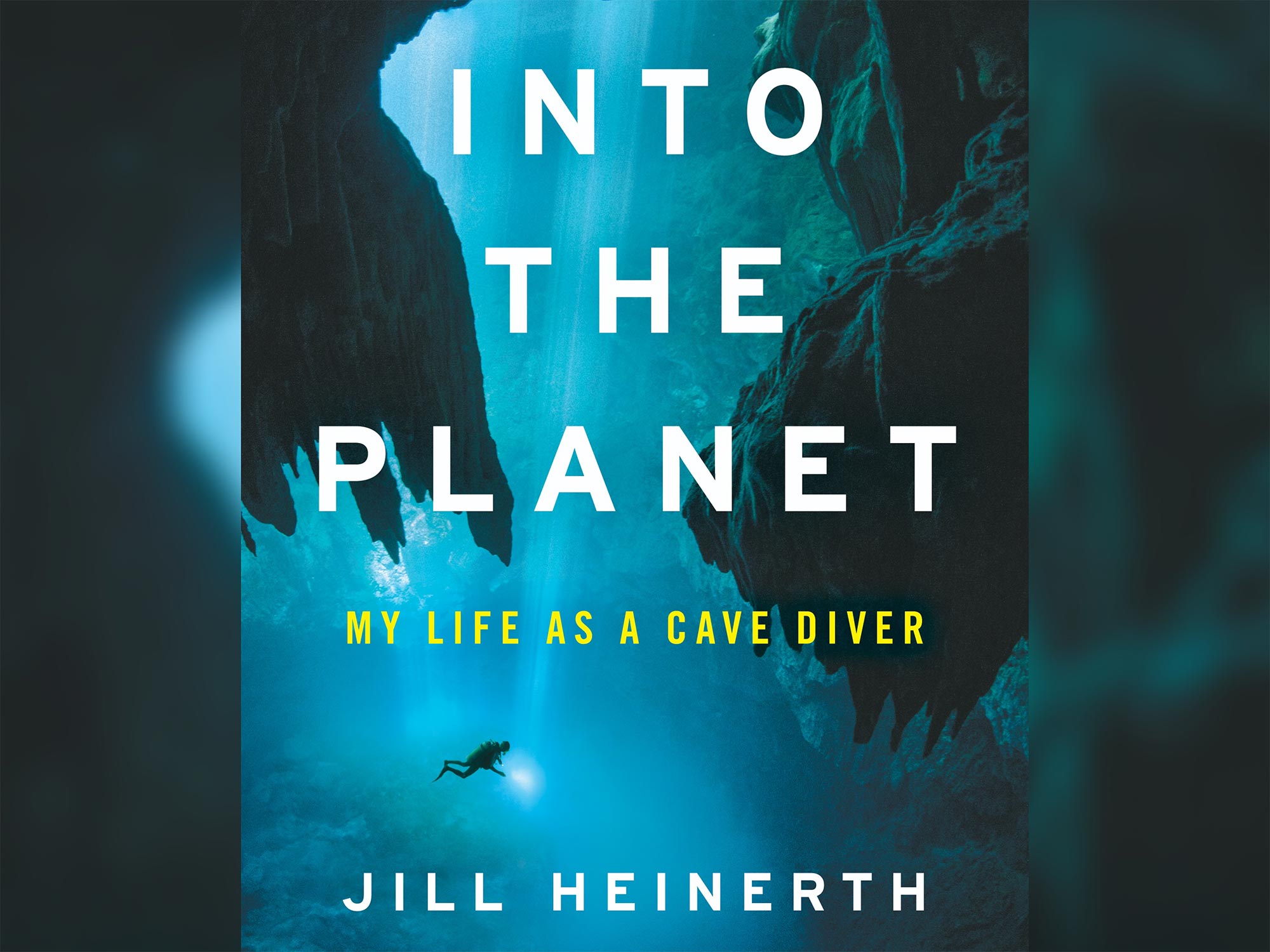By Philip Bonds
All images © 2022 Philip Bonds
The scene in front of us was surreal. A raft of California sea lions was cavorting against a backdrop of a school of Pacific sardines. One lone female sea lion broke from the raft and dropped down to check us out. Diving with sea lions at Isla San Pedro Mártir was going to be exceptionally good.
It was September and I had joined a citizen science trip with Mexican Liveaboards on the Quino el Guardian. The scientific work being done on this particular trip involved monitoring and survey work at sea lion rookeries on a couple of islands in the Gulf of California's Midriff Islands. Staff from Rescote de Lobos Marinos (Rescue the Sea Lions) in La Paz, Baja California Sur were onboard to lead the project.
Monitoring and survey work on this particular trip focused upon sea lion rookeries on Isla San Pedro Mártir and Isla Granito. The Rescote de Lobos Marinos team was specifically interested in documenting sea lion entanglements in monofilament fishing gear.

The presence of Pacific sardines in the Midriff Islands is undoubtedly a significant factor in the large numbers of healthy sea lions throughout the region. These small, pelagic fish are a critical food source for sea lions and as well as many other species within the region's marine ecosystem.
Pacific sardines prefer colder water and the deep underwater canyons that surround the islands contain cold water. The islands constrict water flows during tidal exchanges and generate upwelling of cold water and nutrients from these deep-water canyons. During the summer and fall months, it is not uncommon for divers to note water temperatures in the Midriff Islands ten or more degrees colder than areas of the gulf to the north and south of the islands. In addition to island and tidal induced upwelling, wind action produces upwelling in coastal areas.
Upwelling of nutrient rich cold water is the reason that the Midriff Islands Region is historically one of the most productive marine ecosystems in the world. Of course, accompanying this productivity is a complex myriad of marine resource management issues. Fishery management is one of these issues.

Fishery management is not a problem unique to Mexico's Gulf of California Region. In Mexico, like many other areas of the world, decisions involving fishery management tend to be driven by market demand rather than biological data. Since the Mexican sardine fleet moved into the Gulf of California in the 1960's, the gulf's Pacific sardine fishery has collapsed multiple times due to combinations of overfishing and El Niño affects. And, of course, there are concerns that global warming will ultimately cause further reductions of Pacific sardine stocks in the Midriff Islands. Fewer sardines will negatively impact large marine mammal species like California sea lions.
Isla San Pedro Mártir is a Biosphere Reserve that is a United Nations Educational, Scientific and Cultural Organization (UNESCO) World Natural Heritage Site. The island was admitted to the International Union for the Conservation of Nature (IUCN) Green List of Protected and Conserved Areas in 2019.
This Biosphere Reserve has a core zone area with higher levels of protection surrounded by a buffer zone where community members living adjacent to the Biosphere Reserve are permitted to engage in extractive activities. These extractive activities must abide by management plan constraints. The system is intended to protect the island and its surrounding waters. Despite these protections, there are threats to conservation efforts within the Reserve. Sport fishing and small-scale commercial artisanal fishing constitute threats. Monofilament fishing nets used by artisanal fishermen pose significant problems.

Discarded, damaged and/or lost monofilament fishing gear is a major threat to California sea lions. Despite the protections provided by Isla San Pedro Mártir's Biosphere Reserve designation, it was not difficult to document sea lions entangled in monofilament fishing gear, particularly pieces of fishing nets, at Isla San Pedro Mártir. The same was true when we left the Isla San Pedro Mártir Biosphere Reserve and moved to Isla Granito on the north end of the Midriffs. Isla Granito has no protective status.

As an entangled sea lion grows, the monofilament stops stretching. When it stops stretching it begins to cut. Unless the monofilament breaks or the sea lion manages to free itself, an entanglement is usually a death sentence. A neck scar indicates that a sea lion escaped an entanglement.

Unfortunately, planning and implementing rescue efforts for entangled sea lions at locations like Isla San Pedro Mártir and Isla Granito involves a lengthy and difficult process. Obtaining the necessary permits requires working with several different governmental agencies.
Marine mammal rescue organizations in the United States have developed equipment and techniques for sea lion rescue fieldwork. California's Marine Mammal Rescue Center worked cooperatively with Mexican conservation organizations to facilitate sea lion rescue projects at Los Islotes near La Paz in the southern gulf and Isla San Jorge near Puerto Peñasco in the northern gulf. Land-based logistical support for rescue team members was readily available at these locations.

Rescue work is extremely expensive. Working in remote locations like the Mexico's Midriff Islands requires the support of a liveaboard operation like the Quino el Guardian. Conservation organizations in Mexico, like Rescote de Lobos Marinos, operate similarly to marine mammal rescue centers in the United States. These types of organizations in both countries fund their work solely through donations and rely heavily upon volunteers.
Conservation work in Mexico is gaining traction. Those who work with Mexican conservation organizations frequently comment that their work is complicated. And it is complicated. It involves working with governmental agencies, fundraising and presenting their message in a manner that resonates with community members whose livelihoods depend upon responsible use of marine resources.

Philip Bonds has been photographing wildlife for over forty years. He is based in southern Arizona. In addition to his work as an award winning photographer and writer, Philip chairs the Desert Dolphins Scuba Diving Club's Education Committee. The club is one of the oldest scuba diving clubs in the United States. A major focus of the club is providing ongoing education for club members and ocean literacy education for students and community groups. A small portfolio of his work and information about his book, Dancing with Sea Lions, is available on his website, www.cortezbluephotography.com
Additional Reading
Customer Photos | Philip Bonds Diver, Writer, Educator
The Impact of the Fishing Industry on the Maldives [VIDEO]
Every Little Stretch of Coast is Dying, We Need to Act Now!
Diving the Most Successful Marine Protected Area in Mexico
Customer Photos | Carlos and Allison Estape Citizen Scientists













